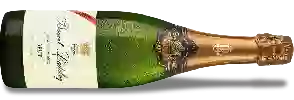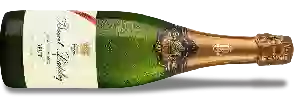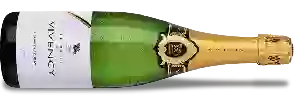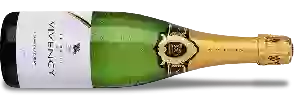The Winery Bouvet-Ladubay of Loire Valley

The Winery Bouvet-Ladubay is one of the best wineries to follow in Vallée de la Loire.. It offers 86 wines for sale in of Loire Valley to come and discover on site or to buy online.
The Bouvet-Ladubay Estate is situated in the Loire-et-Cher region, in the Loire Valley of France. Straddling the shores of the majestic river, the estate is a gem of Loire vineyards, producing quality sparkling wines for over 200 years. Since 1851, the Bouvet-Ladubay family has maintained an ancestral tradition that values the viticultural heritage and culture of the region's vineyards. Today, the vineyard produces a variety of fine wines, which are the fruit of the attention and respect for the land that hosts it. The Bouvet-Ladubay Estate is richly located between two rivers, the Loire and the Cher, with soils and climates suitable for growing vines across the Loire Valley. Around 80 hectares of the vineyard are planted with Sauvignon Blanc, Sémillon, Pinot Noir, and Cabernet Franc grape varieties and produce wines with distinctive aromas and tastes. The vineyard operates to the highest standards regarding quality and respect for the environment in the winemaking process and invests in the best technologies to produce superior quality wines. Formulated with healthy grapes, they have a perfect balance between soft, fruity and mineral aromas that pair perfectly with varied dishes. All these characteristics, coupled with practices respectful of natural processes, make the Bouvet-Ladubay Estate a unique place to produce both timeless and contemporary wines. In addition to the great classified growths, the Estate also produces quality sparkling wines and crémants.

































































